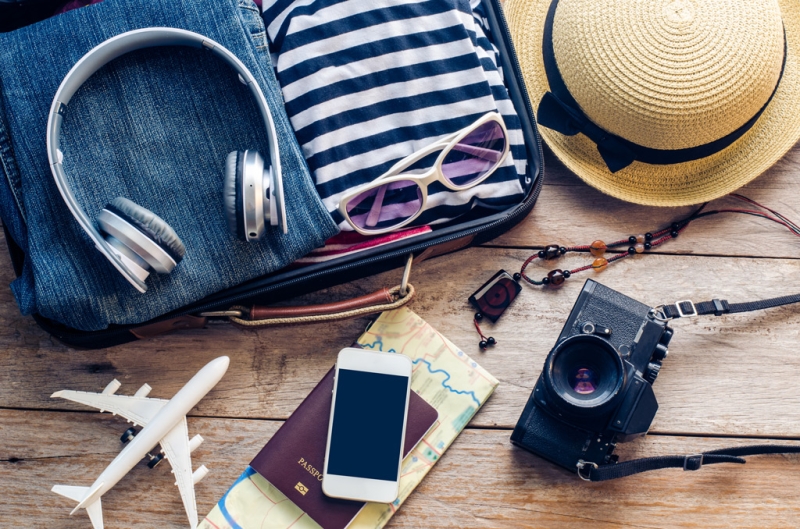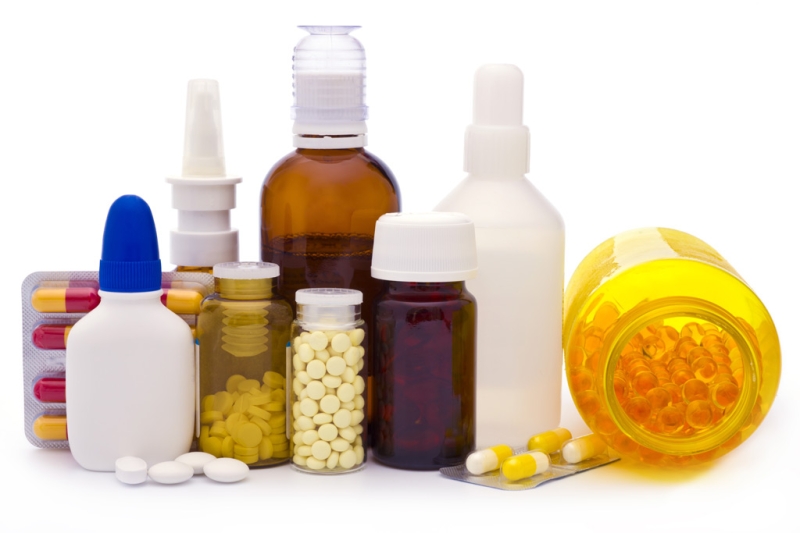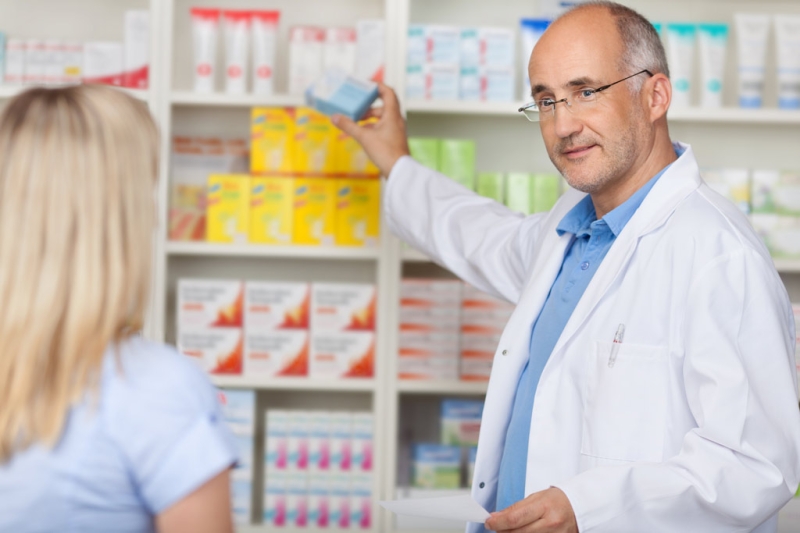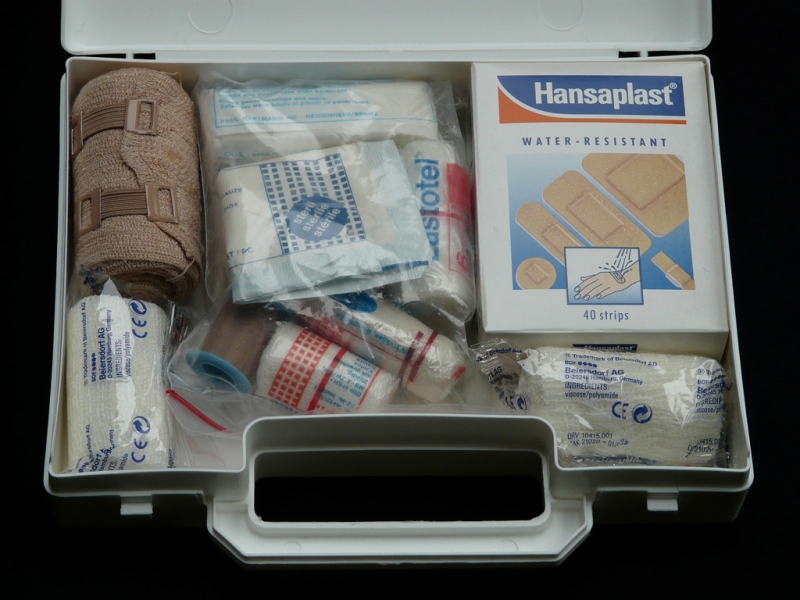
Wherever you are going – on an excursion trip, a romantic trip or a hike, in any case it is useful to have a first aid kit with you. Unfortunately, there is no universal medical kit for every occasion; it all depends on the method of travel, route and other nuances. But there are several general rules for collecting a first aid kit for travelers. But most importantly, do not forget to take out medical insurance with extensive coverage, this will save you effort, time and a lot of money. And may you not need it!

1. What must be in a traveler’s first aid kit
There are not so many medications that absolutely everyone needs to take on the road. These are antihistamines, rehydration agents, pain relievers and antipyretics, enterosorbents, antiseptics and dressings.
• Antihistamines
Just in case, take antihistamines in different dosage forms – local (cream/spray/gel) and general (usually tablets) action. And remember, these medications can not only alleviate the condition, but also save lives, because you have probably heard about such a thing as anaphylactic shock.
• Painkillers and antipyretics
The most universal drugs – paracetamol and ibuprofen, are available in a variety of forms suitable for any budget and age, and have a minimum of contraindications. If you have small children with you, you need to have both, preferably in different dosage forms (suppositories and syrup). Take plenty of syrup for children. For example, for three days of fever in two children over one year old, one standard bottle of Panadol will definitely not be enough for you.
• Rehydration products
Rehydrating agents prevent dehydration of the body, which is important for any cases of vomiting and diarrhea, high fever and infections. These drugs are the most important component of any children’s first aid kit. Remember that in children, dehydration occurs suddenly and the condition can worsen rapidly. It is most convenient to take powders with you in portion packaging for preparing a solution.
• Enterosorbents
The mechanism of their action is clear from the name – they bind harmful substances and promote their removal from the body; used for food poisoning and allergies. Modern enterosorbents are produced mainly in the form of gels, including those with a sweet taste for children. By the way, such a sweet gel is also easier for adults to swallow, so take one for everyone, they take up a lot of space.
• Antiseptics, disinfectants and dressings
Usually, a set of bactericidal and simple patches of different shapes and sizes and several sterile gauze wipes are enough. It is better to take neutral antiseptics that do not damage the skin and do not get dirty; in this sense, brilliant green is much inferior to hydrogen peroxide and chlorhexidine. You may also need an antibiotic wound treatment (powder or ointment) and any drug that accelerates skin regeneration and healing.
• Repellents and sunburn remedies
Mosquitoes carry diseases such as malaria and yellow fever, which are easier to prevent than to cure, so everyone who is planning a trip to Asia, Africa and some American countries should have repellent with them. There are a lot of options – aerosols, fumigators, ointments, etc., choose what is more convenient for you, and do not forget about a mosquito net if you are traveling with a baby. One of the most effective remedies for sunburn is a gel with the addition of aloe, and the most universal is a spray with panthenol; it is also suitable for treating more serious burns and wounds.

2. If you suffer from chronic diseases or take a course of medications
Even if we are not talking about life-threatening conditions, but about something trivial, like herpes or starting a course of vitamins, take all the medications with you, do not expect to buy them on the spot. If you are prescribed any medications by your doctor, you need to have a supply with you at least for the entire duration of your vacation; dosage forms are different everywhere, and it is not always possible to find an analogue in another country. In addition, the rules for dispensing drugs in different countries differ, and what you can easily buy at home, somewhere in Europe can only be sold with a prescription.

3. How to pack
Separately, the following luggage can always be lost, so most of the medications should be with you. In your hand luggage, take all regularly taken and vital medications, antipyretics, antihistamines, and antiseptic. It is logical to put in a suitcase what takes up a lot of space and is unlikely to be needed on the road: dressings, large packages of sorbents, sprays, aerosols and lotions. If you are carrying medications containing potent substances, be sure to take the original prescription (or a stamped doctor’s certificate if the medication is over-the-counter) and its translation into English; they may be asked to present them at customs. This is especially true for those traveling to the USA and the European Union. Don’t forget about the airline rules – it is forbidden to take liquids with a volume of more than 100 ml on the plane (this does not apply to vital medications),
so pack a large bottle of peroxide in your suitcase. For obvious reasons, we recommend taking all liquid products in unopened packaging – cough syrup, for example, hardly washes out.

If there is enough space in your luggage, and you are traveling to an unfamiliar place for a long time, it is wise to take with you an antacid, vasoconstrictor drops and cold remedies of your choice. The rest depends on the specifics of the trip: if you are going to the mountains, take medicine for mountain sickness with you, hemostatic agents will not be superfluous on the hike, and if you change time zones, you will need a light sleeping pill or melatonin. And be sure to get all the necessary vaccinations before your trip, notify your doctor and pediatrician about your departure, and take their mobile phone numbers.

